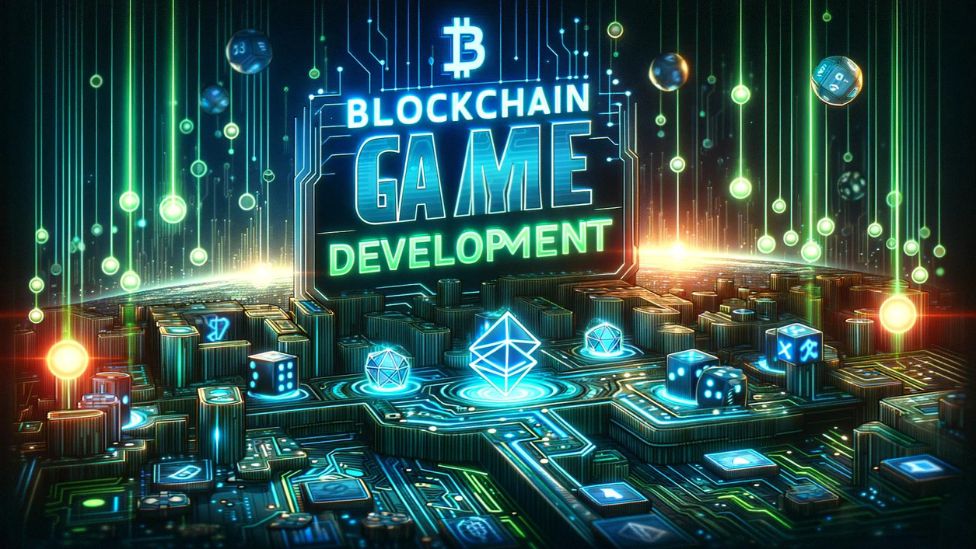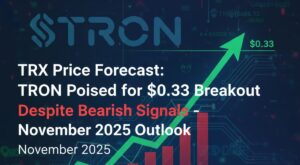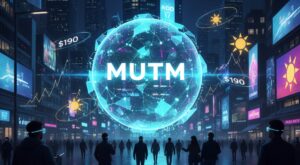Blockchain technology has had a significant impact on a number of industries, including gaming. By 2024, players, developers, and stakeholders will have more options thanks to blockchain’s continued influence on the gaming sector. Take a look at its current position and potential future developments in 2025.
Blockchain in Gaming: The Present Situation by 2024
The Play-to-Earn (P2E) paradigm is among the most revolutionary developments brought about by blockchain technology. This concept has completely changed the way that players engage with virtual worlds by allowing them to obtain in-game milestones that translate into real-world benefits. This idea has gained popularity thanks to games like Axie Infinity and The Sandbox, where players can earn cryptocurrency or NFTs (non-fungible tokens) for their participation. By 2024, more games have included this concept, enabling users to turn their gaming experience and expertise into actual cash, particularly in places where job prospects are limited.
In 2024, NFTs and Digital Ownership
NFTs have completely altered how players view and interact with in-game content. By 2024, NFTs are widely used in games and grant players ownership rights over virtual property such as skins, characters, and even entire games. These exclusive resources can be exchanged, bought, and sold—often outside the game’s community—to generate profitable secondary markets. A new era of communication and revenue generation within the gaming community is being driven by the value of these assets, which are no longer limited to gameplay but now extend to real-world investments.
Player Power on Decentralized Gaming Platforms
Decentralized gaming systems have also been made possible by blockchain technology, shifting control away from publishers and developers and toward the players themselves. In 2024, Decentralized Autonomous Organizations (DAOs) are becoming more popular, allowing player communities to have a direct say in how games are developed and decisions are made. By giving users a voice in game mechanics, updates, and revenue sharing, these systems encourage greater player involvement and, in the end, create more devoted and active gaming communities.
Challenges Blockchain Will Face in 2024 for Gaming
In 2024, blockchain gaming will still be confronted with formidable obstacles despite its progress. One of the key obstacles is still scalability, as many blockchain networks are unable to manage the large transaction volumes needed by well-known games. Blockchain games are less appealing to larger audiences because to their slow transaction rates and expensive prices. Even if newer blockchains and layer-2 scaling are offering solutions, these obstacles must to be removed before mainstream adoption can occur.
Regulatory Uncertainty and Concerns About Compliance
In 2024, the legal landscape pertaining to cryptocurrencies and blockchain technology remains unclear. Governments everywhere are still working out how to control NFTs, blockchain-based platforms, and digital currencies. It can be difficult for game makers to navigate this intricate web of laws, which has different guidelines for anti-money laundering, consumer protection, and taxes. Because of the burdens of compliance that smaller developers must bear, this uncertainty might hinder innovation.
Blockchain Gaming’s Effect on the Environment in 2024
In 2024, the environmental issues associated with blockchain technology will still be quite important, particularly for networks that depend on energy-intensive proof-of-work techniques. The gaming community and environmentally concerned consumers are becoming more and more scrutin of blockchain operations because to their huge carbon footprint. Even while the industry is moving toward more environmentally friendly processes like proof-of-stake, the question of environmental impact is still controversial, especially for businesses trying to attract eco-aware customers.
Blockchain Gaming’s Future in 2025
By 2025, blockchain technology should be firmly established in mainstream video games. Decentralized economies, Play-to-Earn models, and NFT-based assets are just a few of the blockchain elements that big gaming firms are probably going to include into their flagship games. With increased player familiarity with these technologies, blockchain will transition from a niche innovation to a crucial component of the gaming experience. This widespread acceptance will be fueled by advancements in scalability and user accessibility, which will appeal to a far larger audience.
Compatibility of Games and Platforms
A highly anticipated trend for 2025 is the increasing degree of interoperability among various games and platforms. Blockchain provides the possibility of transferring digital assets between other games, including NFTs, currencies, and characters. Players will be able to transfer their assets between games with ease thanks to this interconnected gaming environment, which will improve gameplay overall and raise the value of virtual goods.
A Greener Gaming Future with Blockchain
It is anticipated that blockchain gaming will make considerable progress toward sustainability by 2025. It is expected that novel strategies like proof-of-space and proof-of-time, combined with energy-efficient consensus methods like proof-of-stake, will take center stage. Carbon-neutral projects may also be adopted by the industry more widely, assisting in resolving the environmental issues that have beset blockchain technology. A wider, environmentally conscious audience will find blockchain gaming more enticing as a result of these advancements.




























